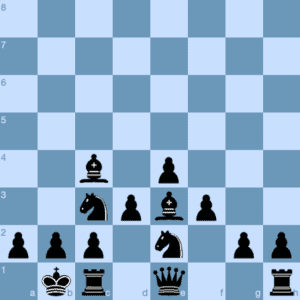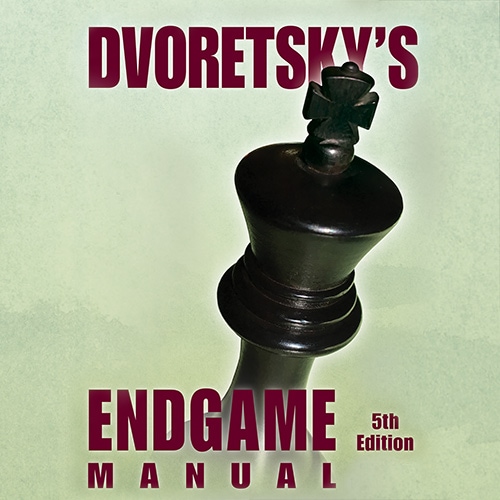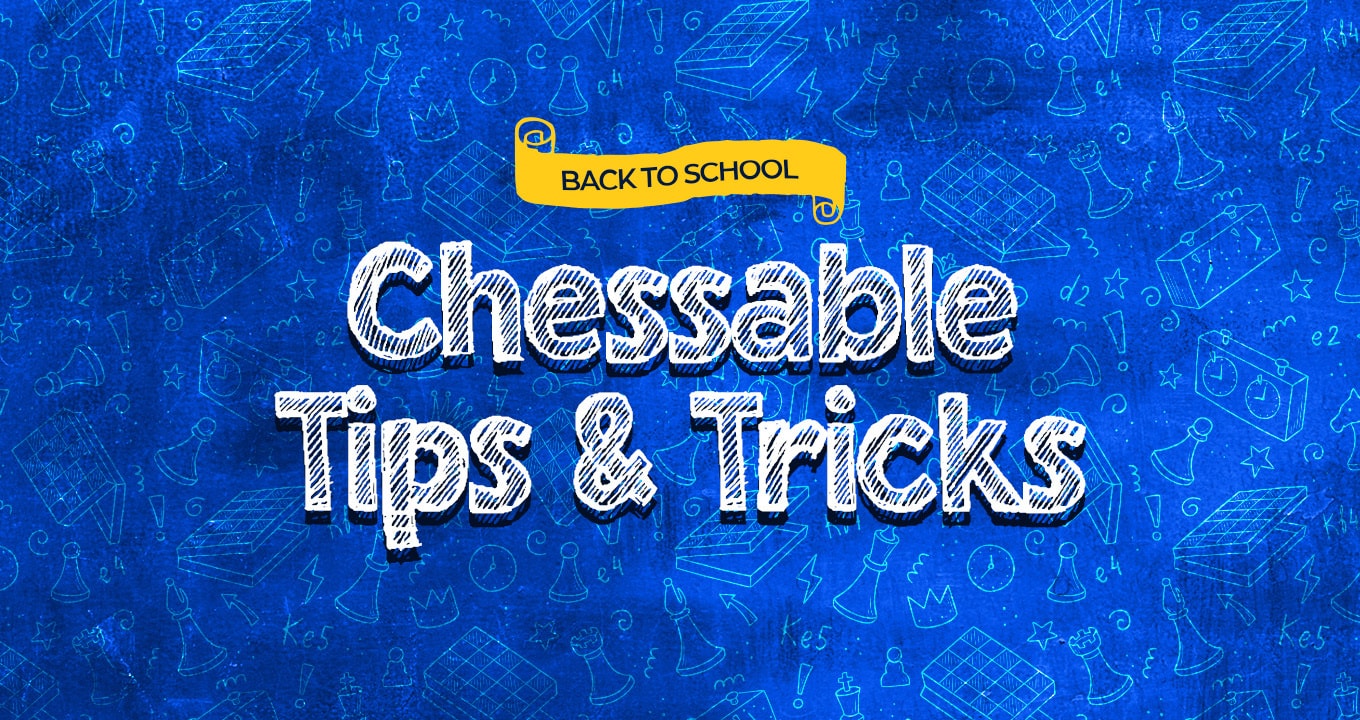Today we have a guest post by none other than Grandmaster Alex Colovic, who will instruct us on the topic of the Triangle in the Slav Defense.
Grandmaster Colovic is no stranger to the blog, of course. Recently he wrote about Efim Geller’s Contribution to the Queen’s Gambit Declined and we examined his Lifetime Repertoires: Chebanenko Slav in August.
Over to Alex…
The Triangle
The Slav Defense is characterised by Black’s moves …d5 and …c6 while the Queen’s Gambit arises after …d5 and …e6. In the Queen’s Gambit Black hopes to play the move …c5 in one go, not stopping by the c6-square.
By putting the pawn on c6 in the Slav Black hopes to strengthen the centre like in the QGD while at the same time to keep the h3-c8 diagonal open. He then hopes to be able to develop the bishop outside the pawn chain (though not always, for example in the Semi-Slav Black plays …e6 with the bishop still on c8) before playing the …e6 move.
The triangle of pawns on d5, c6 and e6 is the key structure in the Slav Defense. It is very robust and as a rule of thumb if Black achieves this structure without any concrete problems he is guaranteed a good game. This rule of thumb is also applicable to many Reti systems.
Ideal Structure
The following set-up is Black’s ideal one:

As you can see, Black has no weaknesses, his pieces are harmoniously placed and he has very good central control. The basis of this set-up is the central triangle of pawns on d5, c6 and e6 that secure Black’s position in the centre and behind it.
Naturally, against White’s most ambitious set-ups it will be difficult to achieve this without any problems. That is why in the Chebanenko Slav Black plays the preparatory move …a6, to prepare the development of the bishop on f5, while in the Semi-Slav he even abandons the idea of development on f5 and attempts to play for queenside expansion by …dxc4 and …b5, in order to develop the bishop on b7.
In the Classical Slav, arising after 1.d4 d5 2.c4 c6 3.Nc3 Nf6 4.Nf3 dxc4, Black abandons the d5-stronghold in order to gain a tempo for the development of the bishop on f5 after 5.a4 Bf5. So in these lines he may hope to achieve the set-up from the diagram above, only without the pawn on d5.
The reason for the popularity of the Slav is obvious. Black has various approaches to the opening, what type of positions he wants to obtain, but one thing is certain – he will be solid.
Courses and Interview
The full range of Alex’s Chessable courses can be found here. Some of the courses are in the Short and Sweet range, which means you can try them for free.
We will see more guest posts by Alex in the near future. Meanwhile, make sure you tune in tomorrow for our exclusive interview with the Grandmaster himself.








